
Astronaut Alan L Bean, the fourth man to walk on the Moon, died on May 26. While most people know of Neil Armstrong and Buzz Aldrin, the other ten are barely spoken of. Here is the list of all the humans who have stepped on the Moon, in memory of Bean as well as serving as a homage to the few brave men who took up the most dangerous journey ever taken by humans.
Neil Armstrong and Buzz Aldrin (Apollo 11)

The first humans to ever set foot on the Moon, Armstrong and Aldrin created history on 20 July 1960, by leaving the first set of human footprints on the lunar surface. "That's one small step for man, one giant leap for mankind," Armstrong is famously quoted as saying after walking on the moon, but in he reportedly claimed that he actually wanted to say "one small step for a man", according to a report by NBC.
Armstrong died at the age of 82, in 2012.
One of the most famous images of the Moon landing is actually Aldrin and not Armstrong as people tend to mistakenly believe, reports NASA.
Alan Bean and Charles Conrad (Apollo 12)
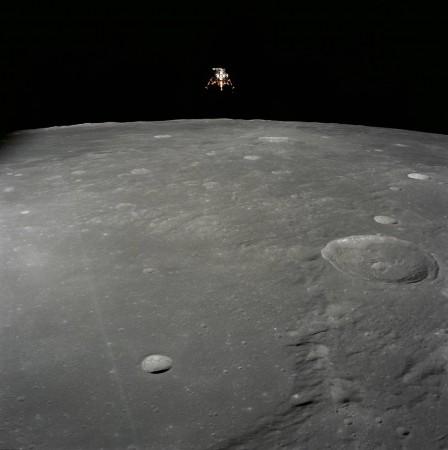
Charles Conrad was the third man to walk on the Moon, reached the lunar surface along with Alan Bean. Their mission lasted from November 14 to 24, 1969. They touched down at the "Ocean of Storms" and even brought back 34 kg worth of samples.
Edgar Mitchell and Alan Shepard (Apollo 14)
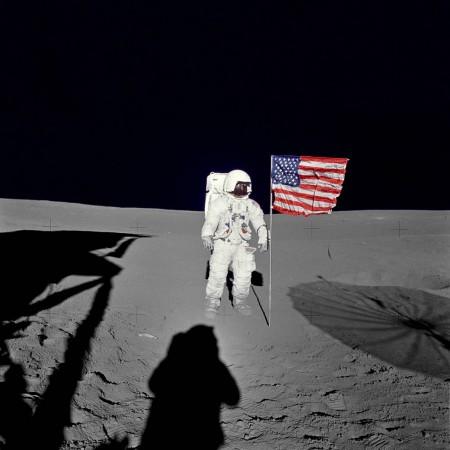
After the aborted landing attempt of the Apollo 13 mission in April 1970, the Apollo 14 crew headed out to the Moon on January 1971. They touched down northeast of the Sea of Storms and spent 9 hours on the Moon's surface.
James Irwin and David Scott (Apollo 15)
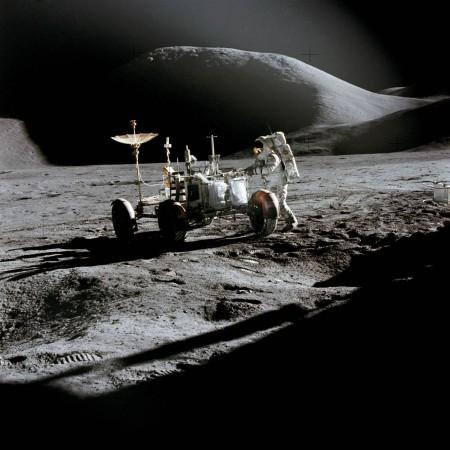
The Apollo 15 mission went on from July 26 to August 7, 1971, this mission saw the first Moon Rover and the first extended stay on the Moon where astronauts spent over 18 hours on the Moon.
Charles Duke and John Young (Apollo 16)
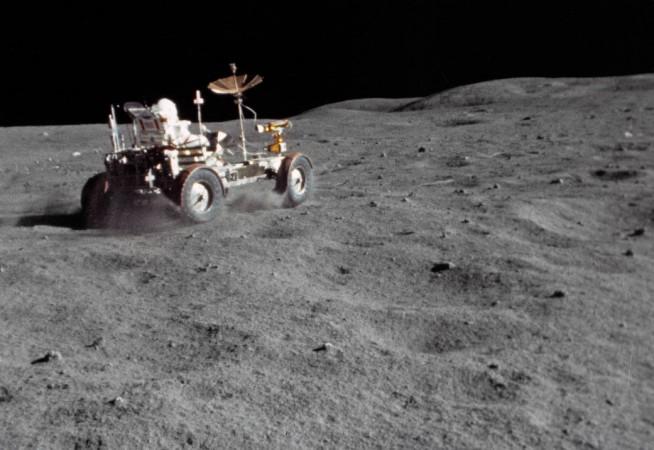
By the time Duke and Young reached the Moon in 1972, journeys to the Moon had become fairly regular and this mission saw the astronauts spend about 20 hours up there
Harrison Schmitt and Eugene Cernan (Apollo 17)
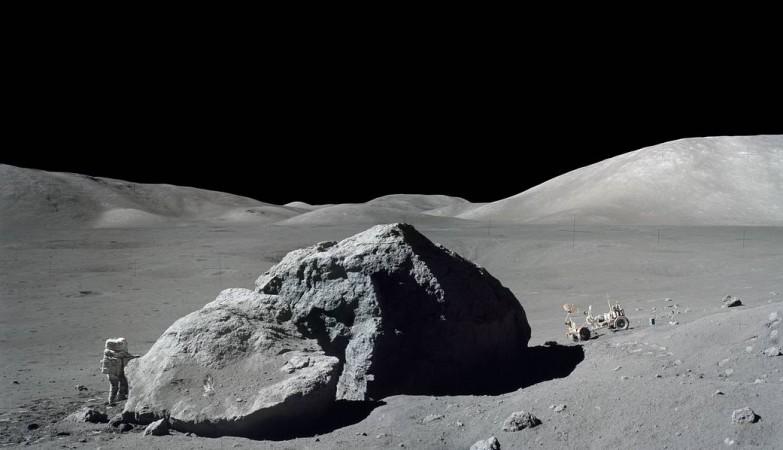
The last and final manned Moon mission happened in December 1972. this was the only mission to have launched at night using a Saturn V and the only mission to take a geologist to the Moon. Schmitt and Cernan spent about 22 hours working on the lunar surface and brought back over 110 kg of sample rocks from the Moon.
After Apollo 17, the Moon missions ended and no other space agency has since sent a human up there. While several probes have since reached the Moon, humans simply stopped going there. While there are wild conspiracy theories rife about the fate of the Apollo missions, a report by Popular Mechanics makes it clear that the actual reason for the cancellation of the programme had more clerical and budgetary reasons behind it than aliens.
NASA initially planned three more missions- going up to Apollo 20 initially, but they were abandoned because the "mission" was over on Earth. "They'd accomplished everything they were trying to do," says John Schuessler, a former NASA engineer. "Apollo was a proof that the United States was a leader in technology in space. That was the big gain." As for conspiracy theories about there being a failed Apollo 18 mission, he clarified, "That's all baloney. You can't launch a Saturn Launch Vehicle without people knowing." "Secret missions like that are fun for sci-fi—I think Apollo 18 (Sci-Fi film) will be fun to watch—but there's no reality to it."









!['Had denied Housefull franchise as they wanted me to wear a bikini': Tia Bajpai on turning down bold scripts [Exclusive]](https://data1.ibtimes.co.in/en/full/806605/had-denied-housefull-franchise-they-wanted-me-wear-bikini-tia-bajpai-turning-down-bold.png?w=220&h=138)



